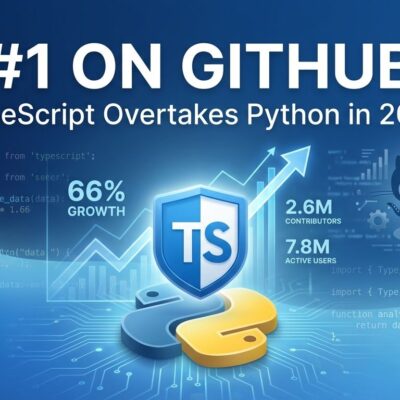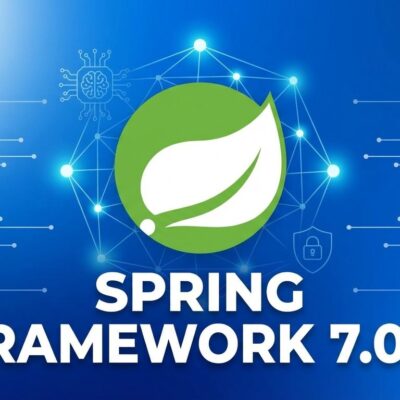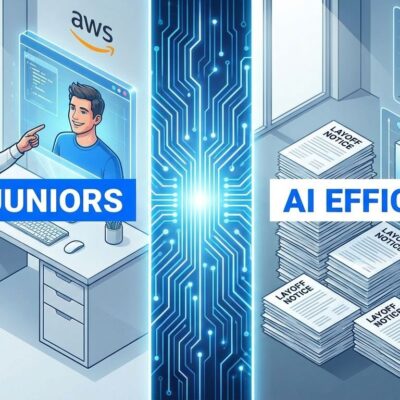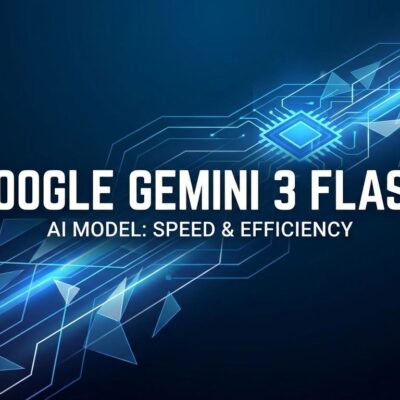
Facepunch Studios released the source code for S&box under the MIT License this month, making the Garry’s Mod successor one of the first major game engines built on Valve’s Source 2 to go open source. The timing isn’t coincidental—Unity’s 2023 pricing disaster left developers hunting for alternatives, and Godot’s 140% growth since then proved the market is hungry for open source engines. Facepunch is betting that giving away their C# engine code will help them compete with Unity and Unreal.
The MIT License Strategy: Community Over Control
Facepunch chose the MIT License for maximum adoption. Developers can use S&box’s C# systems in commercial games without sharing source code or paying royalties. This is an open core model: the high-level editor, networking, and UI framework are MIT-licensed, while Valve’s Source 2 engine core stays proprietary.
The numbers tell the story. Godot uses MIT and captured 8% market share with 140% growth since 2022. Unity charges subscription fees. Unreal takes 5% of revenue after $1 million. S&box? Zero royalties, no runtime fees, full commercial rights.
There’s debate about whether this gives away competitive advantage. However, Garry’s Mod’s 25.5 million sales proved that community growth matters more than code secrecy. The real value isn’t in the high-level C# tools—it’s in Valve’s Source 2 core, which stays closed.
Unity’s Pricing Crisis Created the Opening
Unity’s September 2023 runtime fee announcement was a gift to every competitor. Moreover, the company tried to charge developers per installation, blindsided the industry, and damaged trust so badly that CEO John Riccitiello resigned. Unity rolled back the policy in 2024, but developers haven’t forgiven them.
The exodus was real. Godot grew from 3.3% (2022) to 8% (2024) market share. Unity still holds 51% of Steam games, but that’s declining. Consequently, developers learned a hard lesson: proprietary engines can pull the rug out whenever quarterly earnings look weak.
S&box targets Unity refugees specifically. These developers already know C# from years of Unity work. Furthermore, they don’t want to learn Godot’s GDScript or relearn C++ for Unreal. S&box offers familiar C# development with open source protection against pricing surprises.
Garry’s Mod Validates the Community-First Bet
This isn’t Facepunch’s first bet on community over control. Garry Newman created Garry’s Mod in 2004 from his parents’ house after dropping out of college. The game became the best-selling PC exclusive of all time with over 25.5 million copies sold.
What made it successful? The modding community created hundreds of game modes using Lua scripting. Iconic modes like Prop Hunt and Trouble in Terrorist Town came from the community, not Facepunch. Additionally, YouTube and Twitch kept the game relevant for 18 years because creators had freedom to experiment.
S&box inherits that DNA. By open sourcing before the early 2026 launch, Facepunch aims to bootstrap community energy from day one.
What Developers Get (and What They Don’t)
The open core model gives real access without handing over Valve’s crown jewels. The MIT-licensed parts include the C# editor, networking layer, scene system, and UI framework. The closed parts include Source 2’s rendering pipeline, Rubikon physics engine, and audio systems.
This isn’t full engine freedom like Godot. You can’t fork Source 2’s core renderer or physics. Nevertheless, it’s more than Unity or Unreal offer—those engines give zero access to internals. S&box hits a middle ground: enough freedom to customize workflows, but Valve protects the tech powering Counter-Strike 2 and Half-Life: Alyx.
Source 2 brings AAA quality. The engine supports 64-bit rendering for complex scenes, Vulkan and Direct3D 11 for multi-core performance, and a rebuilt Hammer editor with modern polygon mesh tools.
C# Targets Unity Refugees
Language choice matters. Fifty-one percent of Steam games use Unity, which means millions of developers already know C#. S&box uses C# and .NET 10, making the transition effortless. They don’t need to learn Godot’s GDScript or relearn C++ for Unreal.
C# has proven credentials. Cities: Skylines, Hollow Knight, and Ori and the Blind Forest all shipped using C#. The language balances performance with productivity—fast enough for commercial games, readable enough for rapid iteration.
Key Takeaways
- S&box uses MIT License – Most permissive open source license, zero royalties for commercial games
- Perfect timing – Unity’s damaged trust and Godot’s 140% growth prove market demand for open alternatives
- Open core model – MIT-licensed C# tools, proprietary Source 2 core protects Valve IP
- Garry’s Mod precedent – 25.5M sales validate community-first strategy
- C# advantage – Familiar language for 51% of Steam developers (Unity users)
- Early 2026 launch – Will test if open source + C# + Source 2 can compete with Unity and Unreal
Facepunch is making the right bet at the right time. Unity holds 51% market share despite damaged trust. Godot is growing fast with indie support. Unreal dominates AAA development. The early 2026 launch will test whether open source plus C# plus Source 2 quality equals a winning formula. Facepunch is betting on community over code secrecy—again. That bet paid off once.











